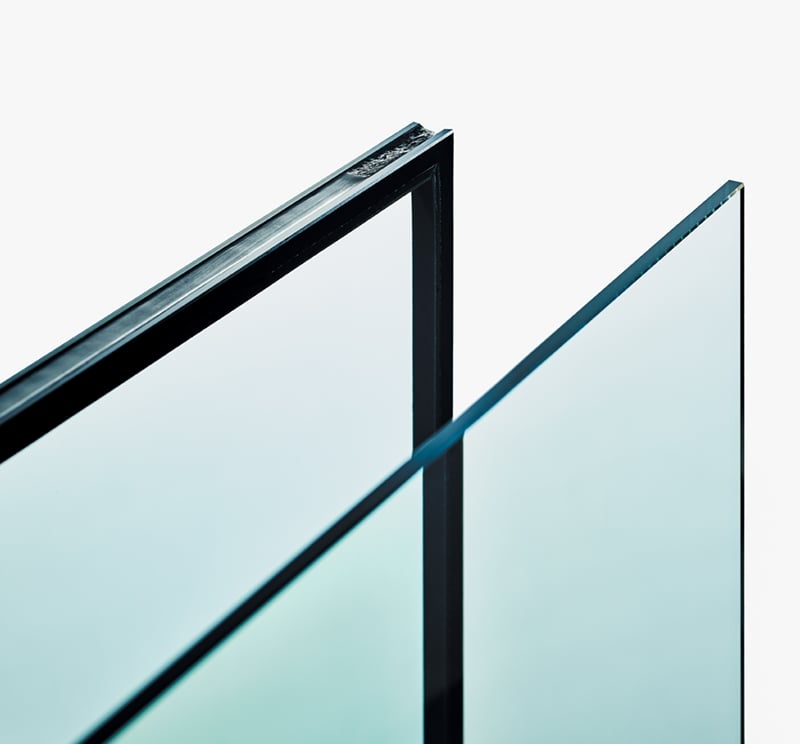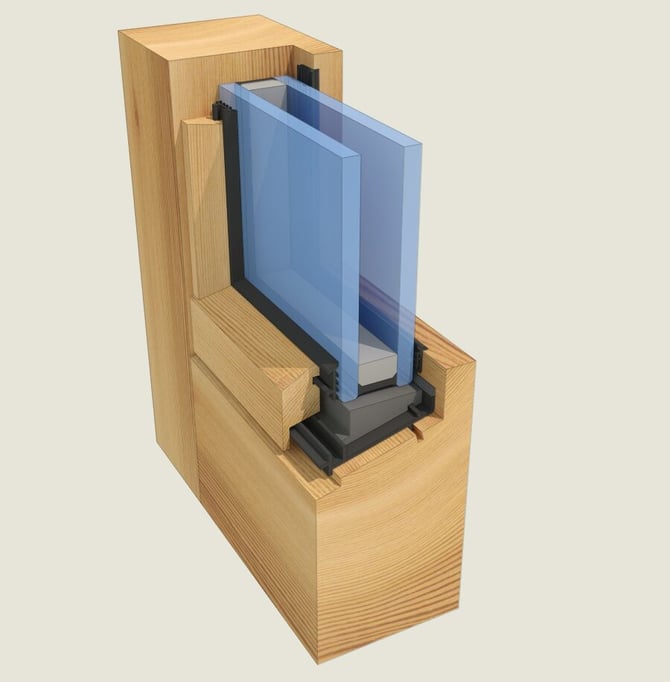All Categories
Featured
Table of Contents
Best Way To Block Sun Heat From Windows [Professionally] in Warnbro Perth
Glazing simply indicates the windows in your home, including both openable and set windows, along with doors with glass and skylights. Glazing actually just indicates the glass part, however it is typically utilized to refer to all aspects of an assembly consisting of glass, movies, frames and home furnishings. Focusing on all of these aspects will help you to accomplish effective passive design.

Energy-efficient glazing makes your house more comfy and drastically lowers your energy expenses. Nevertheless, unsuitable or poorly developed glazing can be a significant source of unwanted heat gain in summer season and considerable heat loss and condensation in winter season. Up to 87% of a home's heating energy can be acquired and approximately 40% lost through windows.
Double Glazed Windows Sydney in Trigg Perth
Glazing is a considerable financial investment in the quality of your home. The cost of glazing and the cost of heating and cooling your house are closely related. An initial investment in energy-efficient windows, skylights and doors can considerably minimize your yearly cooling and heating bill. Energy-efficient glazing also decreases the peak heating and cooling load, which can decrease the needed size of an air-conditioning system by 30%, causing additional cost savings.

This tool compares window choices to a base level aluminium window with 3mm clear glass. Comprehending some of the crucial properties of glass will help you to select the finest glazing for your house. Secret properties of glass Source: Adjusted from the Australian Window Association The amount of light that passes through the glazing is understood as noticeable light transmittance (VLT) or visible transmittance (VT).
How Double Glazing Can Help Keep Your Home Cool In ... in Dianella Perth
This might lead you to turn on lights, which will lead to higher energy costs. Conduction is how readily a material performs heat. This is called the U worth. The U value for windows (revealed as Uw), explains the conduction of the entire window (glass and frame together). The lower the U worth, the higher a window's resistance to heat circulation and the much better its insulating value.
For instance, if your home has 70m2 of glazing with aluminium frames and clear glass with a U worth of 6. 2W/m2 C, on a winter's night when it is 15C colder outside compared with inside, the heat loss through the windows would be: 6. 2 15 70 = 6510W That is comparable to the overall heat output of a large space gas heating unit or a 6.
The Ultimate Guide To Double Glazed Windows in South Guildford WA

If you select a window with half the U value (3. 1W/m2 C) (for example, double glazing with an argon-filled space and less-conductive frames), you can halve the heat loss: 3. 1 15 70 = 3255W The solar heat gain coefficient (SHGC) for windows (expressed as SHGCw) determines how easily heat from direct sunshine streams through a whole window (glass and frame together).
The lower a window's SHGC, the less solar heat it transfers to the house interior. The real SHGC for windows is affected by the angle that solar radiation strikes the glass.
Double Glazing Perth in Kallaroo Western Australia
When the sun is perpendicular (at 90) to the glass, it has an angle of incidence of 0 and the window will experience the maximum possible solar heat gain. The SHGC declared by glazing manufacturers is constantly determined as having a 0 angle of occurrence. As the angle increases, more solar radiation is reflected, and less is transferred.
Latest Posts
Window Glazing For Households - Energy in Millendon Western Australia
Best Double Glazing Brighton Archives in East Victoria Park Perth
Double Glazed Windows Sydney in Duncraig WA